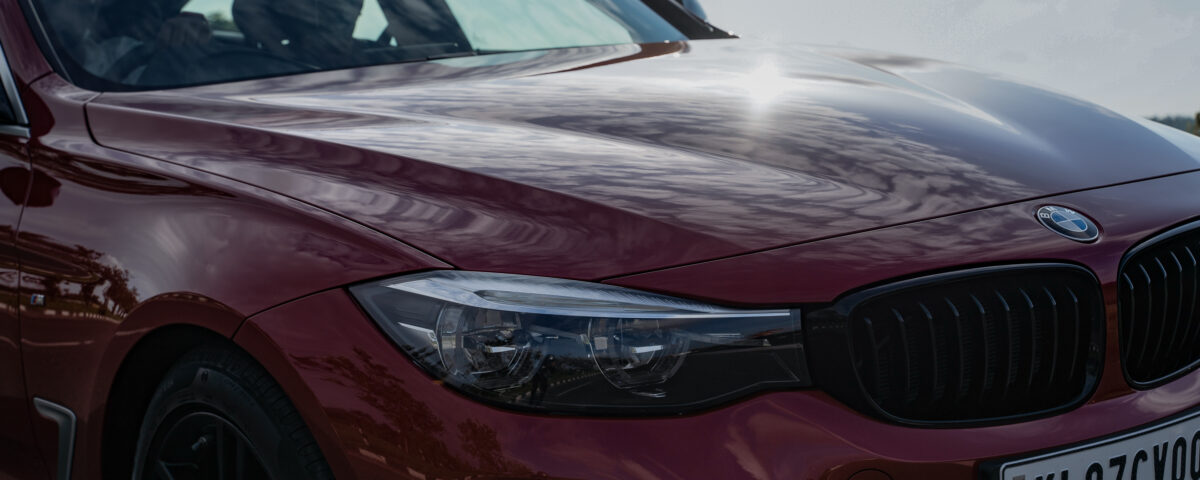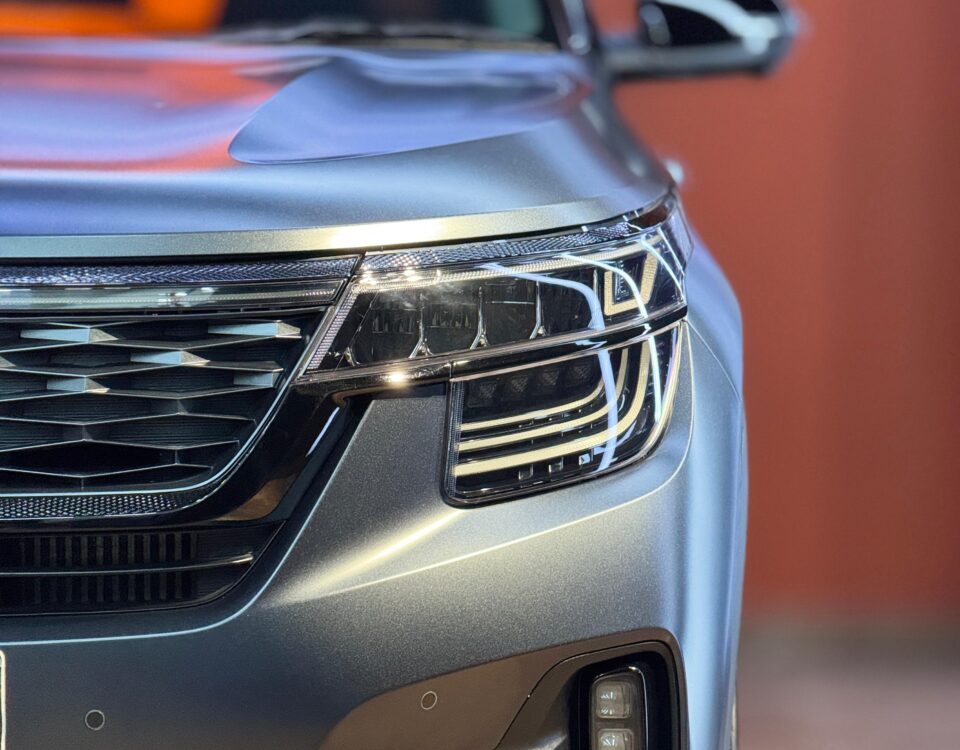Advantages of Ceramic Coating in Kerala’s Climate

Mastering Matte: Range Rover Gets a Futuristic Facelift with Saint-Gobain Hydro Plus PPF
August 5, 2025
PPF vs Ceramic Coating – Which is Best for Your Car?
August 25, 20251. Shield Against UV Damage & Oxidation
Though ceramic coatings may not directly block UV rays, they form a tight, protective layer that slows oxidation and paint fading—helping preserve your car’s clear coat in Kerala’s strong sun.
2. Resistance to Salt, Humidity & Rain
Kerala’s coastal atmosphere brings salt spray and high humidity, which can accelerate paint corrosion. Ceramic coatings create a barrier that’s hydrophobic and corrosion-resistant, helping to protect against salt-induced damage and water spots.
3. Easier Cleaning in Wet, Dusty Conditions
The hydrophobic (water-repelling) nature of ceramic coatings means rainwater beads off, taking dirt and grime with it. This makes washing quicker, easier, and less frequent—perfect for Kerala’s frequent rain and high dust.
4. Protection from Sand & Minor Wear
Kerala’s coastal breezes can carry abrasive sand particles. Ceramic coatings offer an extra protective layer that helps reduce the impact of sand, minor scratches, and swirl marks from washes.
5. Long-Term Gloss & Resale Value
A high-quality ceramic coating enhances gloss and clarity, keeping your car looking showroom-fresh longer. Its durability means fewer waxing sessions and improved long-term resale appeal.
What Real Users in Similar Climates Say
Several Indian car owners report that ceramic coatings helped maintain a cleaner, shinier surface and reduced frequent cleaning:
“It eases the cleaning of car and provides more shine. That’s it.”
“Pros: protects your paint from rain or sunlight, dirt and mud … keeps the paint shiny. Cons: does not protect your paint from debris (buhangin, small rocks, scratches)… For better protection, PPF is the way to go.”
These anecdotes highlight ceramic coating’s strengths in hydrophobicity and aesthetics, while reminding that it doesn’t replace heavy-duty protection like Paint Protection Film (PPF) for rock chips or deep scratches.
In Kerala’s hot, humid, and coastal environment, ceramic coating is a smart investment for preserving your car’s finish, easing maintenance, and enhancing its appearance. While it cannot prevent major scratches or chips, its long-lasting shine and protective barrier are especially valuable here—just be sure to choose a quality product and maintain it properly.


